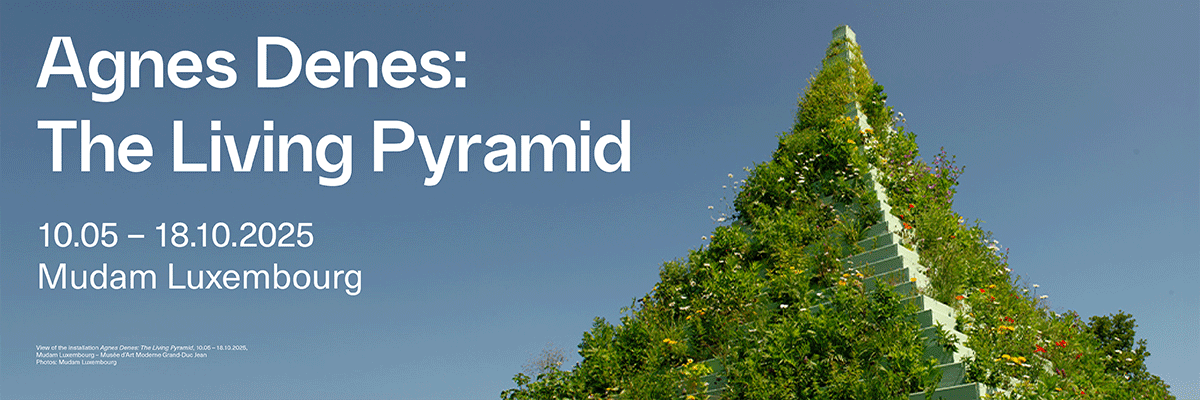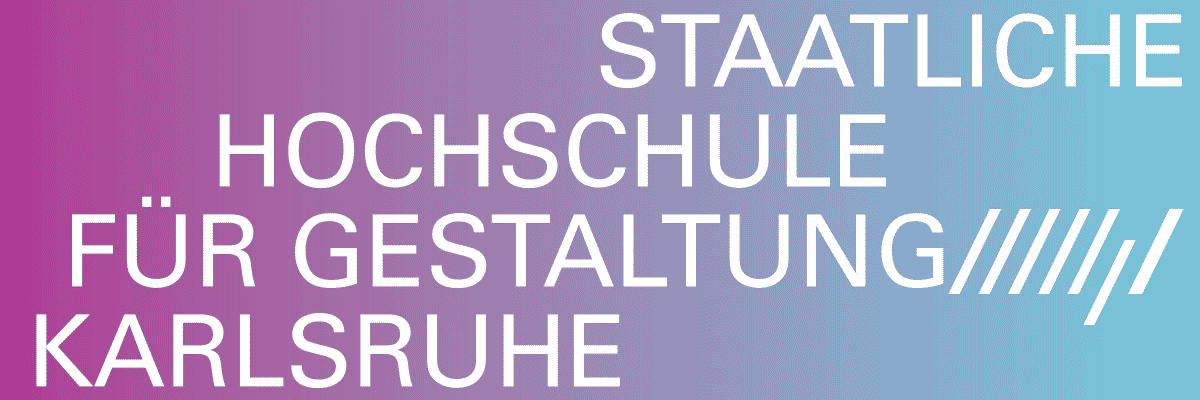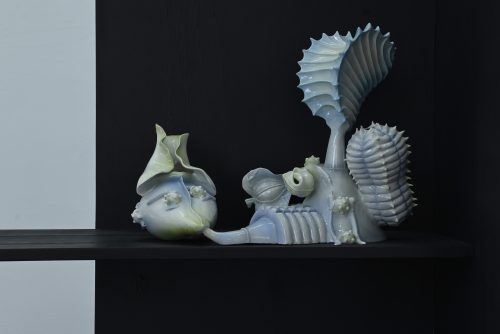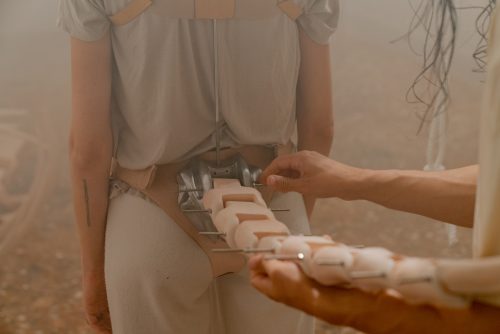
Groupshow
MONOTYPES
Project Info
- 💙 Kunsthalle Zurich
- 💚 David Khalat and Valérie Hashimoto
- 🖤 Groupshow
- 💜 David Khalat, Valérie Hashimoto
- 💛 Bernhard Strauss
Share on

Sanya Kantarovsky, Farinelli, 2022, monotype, oil on paper, 53,5 x 43 cm, Courtes
Advertisement

Henni Alftan, Cédric Eisenring, Sanya Kantarovsky, Rebekka Steiger, Ralph Bürgin

Henni Alftan, Snowball IV, 2023, oil on paper, monotype, 64 x 53,5 cm

Installation view "MONOTYPES"; Courtesy Edition VFO, Kunsthalle Zurich; Bernhard Strauss

Cédric Eisenring, Untitled, 2023, woodcut monoprint on velvet, 80 x 80 cm

Hannah Sophie Dunkelberg, Renée Levi, Gaia Vincensini, Elza Sile

Hannah Sophie Dunkelberg, Waffled, 2023, monotype on polystyrene, 142 x 179 cm Pr

Renée Levi, Naelle, 2023, oil on paper, monotype, 250 x150cm

Gaia Vincensini, Piero's dream, 2023, Monotype on textile, 120 x 90 cm

Elza Sile, Untitled, 2023, Monotype (acrylic and oil on aluminum), plaster, wood

Installation view "MONOTYPES"; Courtesy Edition VFO, Kunsthalle Zurich; Bernhard Strauss
Louisa Gagliardi, Business and Pleasure, 2023, UV-print, foam, mirror, plexiglas, 50 x 200 x 90 cm
Louisa Gagliardi, Business and Pleasure, 2023, (Detail) UV-print, foam, mirror, plexiglas, 50 x 200 x 90 cm

Markus Weggenmann, Flache Skulptur, 2023, inkjet monoprint on paper, 104 x 144 cm

Pia Fries, taga - ding, 2023, Monotype (oil on paper), 250 x 150 cm

Albrecht Schnider, Sol Calero, Zilla Leutenegger

Albrecht Schnider, Roses, 2023, Monotypie auf Papier, 70 x 50 cm

Sol Calero, Monotipos tropicales III, 2023, monotype, oil on paper, 108 x 74 cm

Installation view "MONOTYPES"; Courtesy Edition VFO, Kunsthalle Zurich; Bernhard Strauss

John Armleder, Shady place for sunny people, 2023, monotype, oil on paper, 250x15
By hosting Edition VFO (Association for Original Print), Kunsthalle Zürich continues a long history of partnerships with like-minded institutions. ‘MONOTYPES’ celebrates the 75th anniversary of Edition VFO and marks a new chapter in the history of Switzerland’s biggest limited-edition original prints publisher, whose mission is to give contemporary printmaking greater visibility. The exhibition features over 45 exclusive and newly produced monotypes, offering the viewers an insight into what is possible in the medium of print today.
‘MONOTYPES’ focuses on the concept of unique work in printmaking, thereby exploring a core characteristic of artistic creation. Printmaking has traditionally played a central role in the debates around distribution and accessibility as opposed to the value of a unique work. The exhibition addresses the timeless questions of the unique artwork in the context of today's production possibilities and evolving notions of authenticity. ‘MONOTYPES’ opens a dialogue between original print and painting by combining traditional techniques and contemporary craft as means of artistic expression. In doing so, the show carefully examines the intricacies of value creation and the search for artistic meaning in the choice of means of production.
A classic monotype is usually painted or drawn on a smooth plate and, while the colour is still wet, transferred to an image carrier such as paper by applying pressure – the process is therefore a mixture of painting or drawing and print. The monotype is often associated with spontaneity because the image transfer is very direct and immediate, because the smooth surface of the matrix encourages a swift application of the color, and because one needs to act quickly (before the ink dries). It requires, as master printer Thomi Wolfensberger states, the “magic touch” by the artist. It also includes a dash of surprise when the sheet is released from the matrix and reveals how the ink has spread onto the paper under the application of pressure.
Monotypes are also called "painterly prints" or "printed paintings". What is special about this process is the possibility of working both additively by layering and reductively by removing (scratching away, wiping off) color – both methods can for example be seen in the black and gold diptych of donna Kukama. Furthermore, the use of solvents can create special visual effects such as washes or drop-like splatters, as seen on the monotype "Roots in Space" by Klodin Erb.
A special feature of the monotype is that it allows very large formats compared to other printing processes. In contrast to classic lithography or traditional intaglio printing, which require a limestone or metal plate as a matrix, a relatively handy, industrial Plexiglas plate can be used for the monotype. The plate does not need to be chemically processed or etched, which makes the monotype a relatively uncomplicated process. Large scale works by John M Armleder, Michael Günzburger, Pia Fries and Renée Levi all exceed the size of 2 x 1,5 m, seeming much closer to painting on paper than to print.
In printmaking, a distinction is usually made between monotype and monoprint. Both terms refer to unique prints. Monoprints differ from classic monotypes in that they are printed via a technique which would allow the production of several identical prints, such as lithography, woodcut, or digital printing, but where the artist deliberately chooses to make only one impression, instead of an edition. The main objective of this exhibition is to highlight the painterly qualities of print no matter if it is a monotype or monoprints, like the monochrome silkscreen of Olivier Mosset.
Furthermore, the exhibition illustrates that often different media cannot in fact be considered distinctly, be that painting, sculpture, print or digital production methods. Some works employ several techniques that are used together with monotypes or monoprints. Zilla Leutenegger, Isabelle Cornaro and Louisa Gagliardi, for example, all explore the relationship between printmaking, painting and sculpture, conceiving installations in space. While the first two artists work with large scale monotypes on unusual material, the latter is at home in the world of digital painting and thus digital printing.
The exhibition features both artists who regularly work in printmaking, such as Federico Herrero, Sanya Kantarovsky, Barthélémy Toguo, Rebekka Steiger and Gaia Vincesini, and some making their first foray into this field. Some artists, including Henni Alftan and Sol Calero have come to Zurich in order to conceive new bodies of work together with master printer Thomi Wolfensberger.
The exhibition was curated by David Khalat, Director Edition VFO, and Valérie Hashimoto, research associate Edition VFO.
Full list of participating artists:
Henni Alftan, John M Armleder, Marc Bauer, Patricia Bucher, Ralph Bürgin, Sol Calero, Isabelle Cornaro, Philippe Decrauzat, Hannah Sophie Dunkelberg, Cédric Eisenring, Klodin Erb, Gritli Faulhaber, Pia Fries, Franziska Furter, Frederic Gabioud, Louisa Gagliardi, Luisanna Gonzalez Quattrini, Michael Günzburger, Dieter Hall, Zuni Halpern, Andrea Heller, Federico Herrero, Charlotte Herzig, Sanya Kantarovsky, Melike Kara, Emil Michael Klein, donna Kukama, Izidora I LETHE, Zilla Leutenegger, Renée Levi, Lorenza Longhi, Olivier Mosset, Maria Pomiansky, Adrian Schiess, Albrecht Schnider, Elza Sile, Dominik Stauch, Milva Stutz, Rebekka Steiger, Barthélémy Toguo, Gaia Vincensini, Dan Walsh and Uwe Wittwer
David Khalat, Valérie Hashimoto




